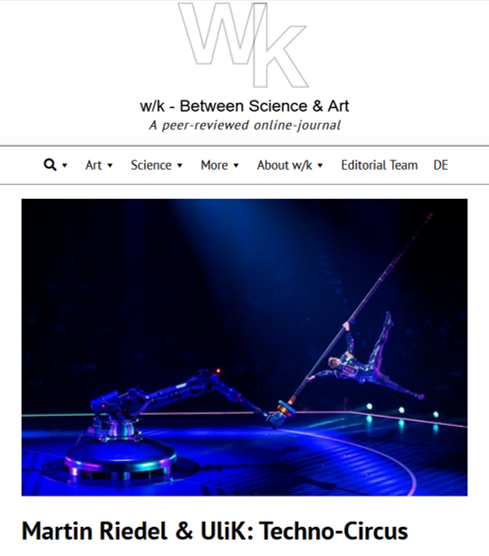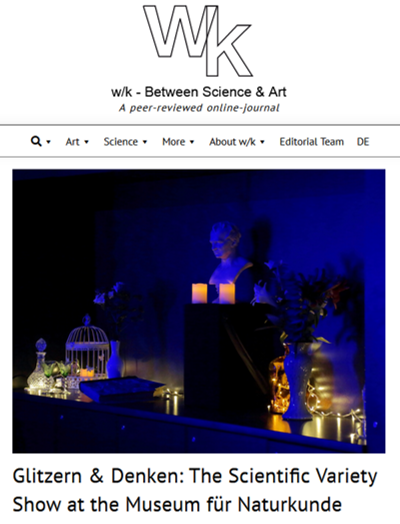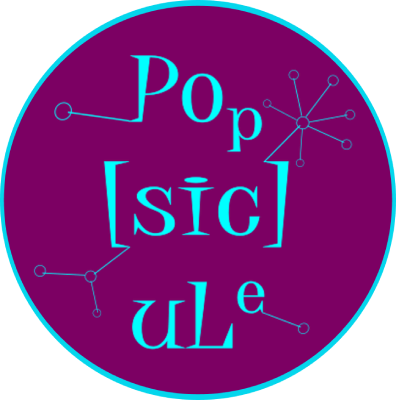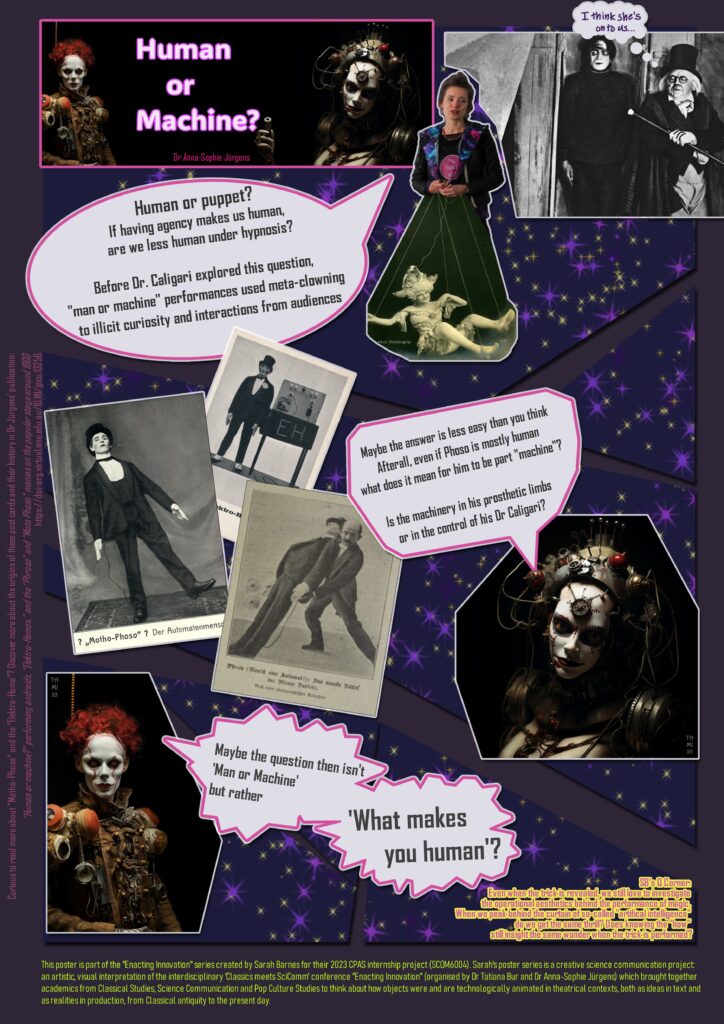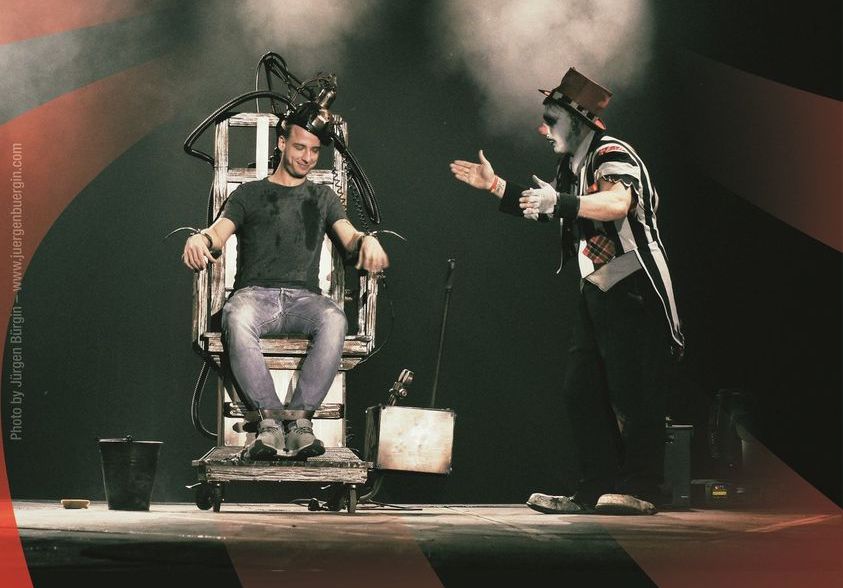
Technomorphic clowning as enhancement of human autonomy? Comic performance and robotics? Variety and science?
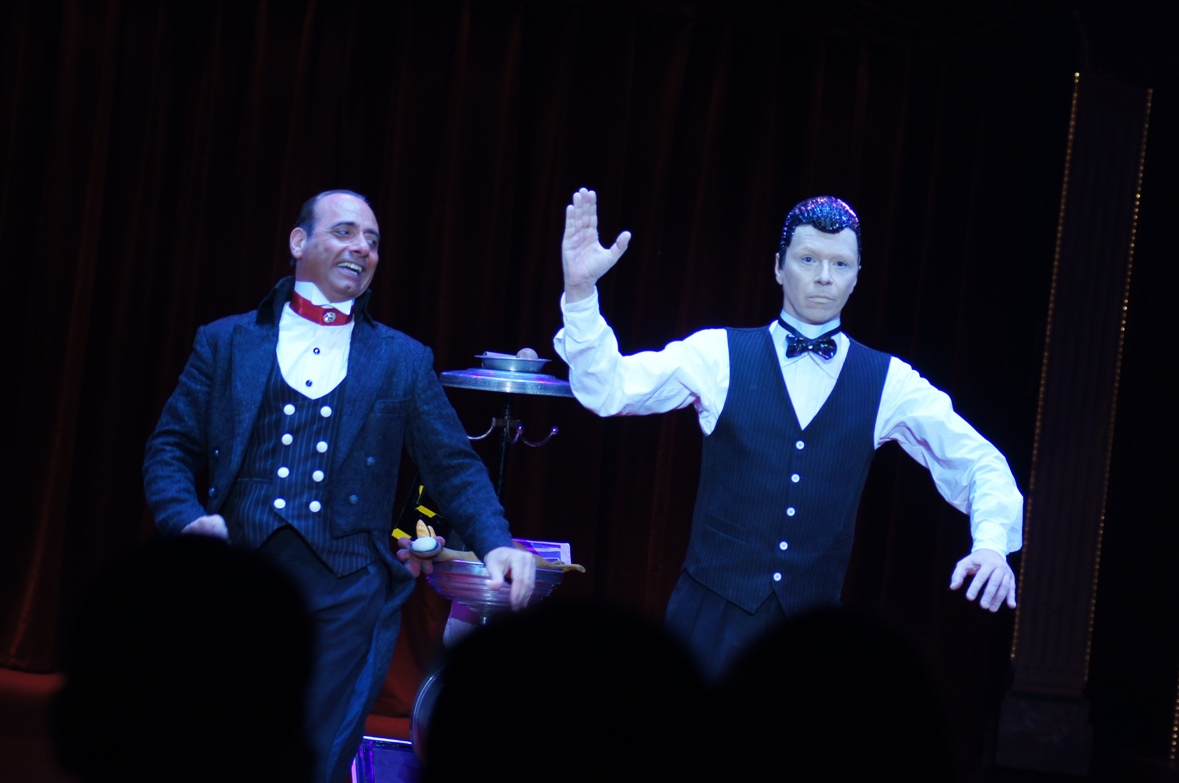
Popular entertainment has always been intertwined with the cutting edge of technology and engineering. In popular entertainment spaces – including circuses, vaudeville, music halls, but also world’s fairs and even small backyard variety shows – technical contrivers, stage engineers and performers have contributed to negotiations about the future of their art via technological innovations, continuously (re)inventing and improving props and performance equipment. Around 1900, for example, internationally touring (American) circuses and circuses performing in designated buildings in European metropoles not only used and showcased brand-new transport technologies (such as automobiles), but also offered exciting new opportunities for experiencing reality through displays of mobility, speed and electrifying visual turmoil.
Across our various projects, we are interested in how different popular stages and technologies, as well as popular media, convey ideas and meanings of science and technology. For example, what can animated film tell us about our ideas of the technological future that non-animated films cannot? To what extent does the circus embody technological progress? What can comic (book) robots tell us about the power of technology to drive novel performance styles?
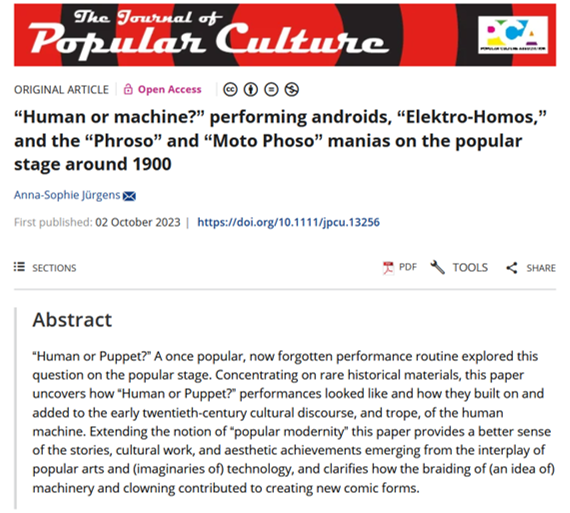
Discover humorous historical human-machine performances in our recent publication on performing androids and so-called “Moto Phoso” performances, and the 2023 CPAS student project “Enacting Innovation” by Sarah Barnes.
The playful and ludicrous use of technological inventions in disparate but interconnected entertainment genres has contributed to the construction of a modern aesthetics with stunningly humorous – clownesque – momentum! Get in touch with Anna-Sophie if you want to find out more and get involved!

